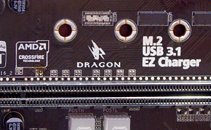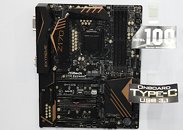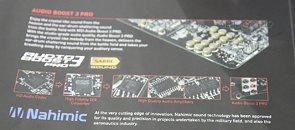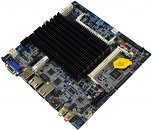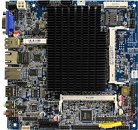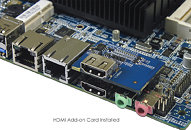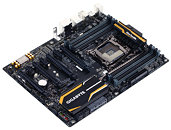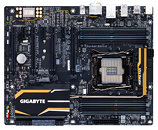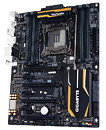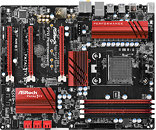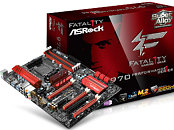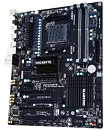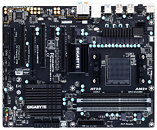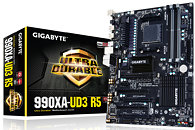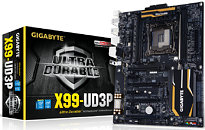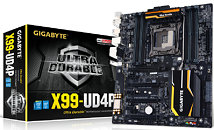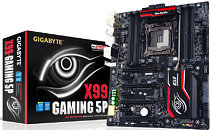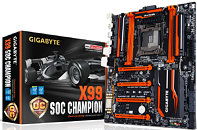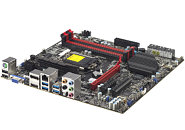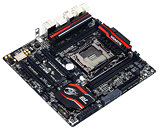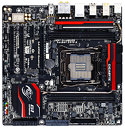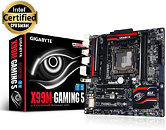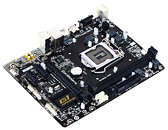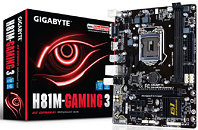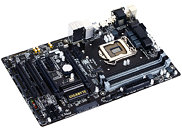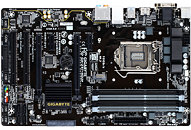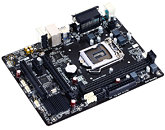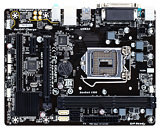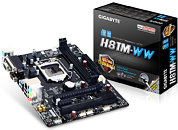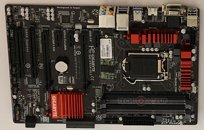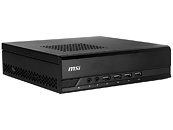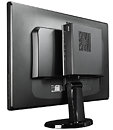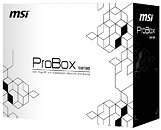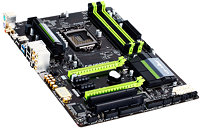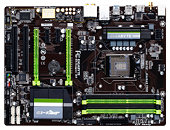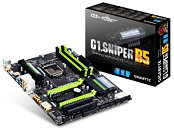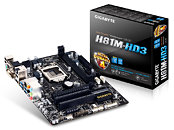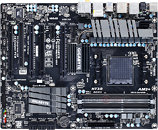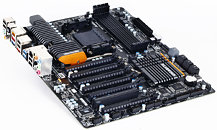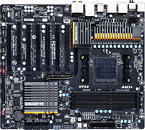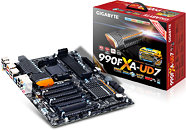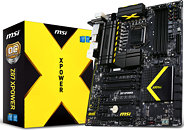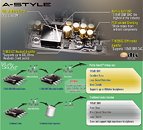Realtek Develops New Onboard LAN Chip to Win Back Gamer Crowd
In a bid to regain market share lost to Intel and Killer (Qualcomm) in the DIY motherboard market, particularly with motherboards targeted at online gaming PC builds; Realtek unveiled a new onboard LAN solution called the Realtek Dragon. Intel and Killer have replaced Realtek as a preferred onboard Ethernet chip provider for DIY PC motherboards over the past two generations, as perception of their lower driver overhead, lower latencies, and other advantages spread. Sensing that merely improving drivers for its existing RTL8111 family of PCIe gigabit Ethernet PHY chips won't fix the situation, Realtek sought to give its latest generation an off-beat brand name that it hopes could appeal to the DIY crowd.
At the heart of the Realtek Dragon is the new RTL8118AS, a PCIe gigabit Ethernet PHY, much like the 8111 family. Realtek says it made refinements to the chip over previous generations, which will offer better performance (lower driver overhead) for traffic with small UDP packets, which is how most online multiplayer games work, and lower power consumption than competing solutions, such as the Killer E2200. Realtek even set a new branding for its chip, and will allow motherboard makers to print it on their PCBs, just as they print branding for Killer or Intel onboard LAN solutions. Realtek Dragon will make its debut with certain socket LGA1151 motherboards by ECS.
At the heart of the Realtek Dragon is the new RTL8118AS, a PCIe gigabit Ethernet PHY, much like the 8111 family. Realtek says it made refinements to the chip over previous generations, which will offer better performance (lower driver overhead) for traffic with small UDP packets, which is how most online multiplayer games work, and lower power consumption than competing solutions, such as the Killer E2200. Realtek even set a new branding for its chip, and will allow motherboard makers to print it on their PCBs, just as they print branding for Killer or Intel onboard LAN solutions. Realtek Dragon will make its debut with certain socket LGA1151 motherboards by ECS.
